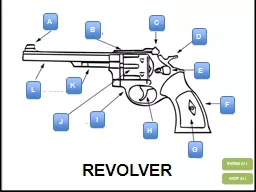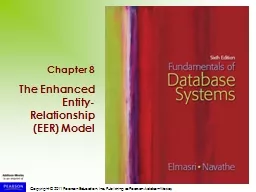PPT-Introduction EER Diagram
Author : natalia-silvester | Published Date : 2018-11-09
Relational Schema Database Normalization Analysis Queries QampA Introduction Client Overview Our goal is to help your child feel good about himselfherself so they
Presentation Embed Code
Download Presentation
Download Presentation The PPT/PDF document "Introduction EER Diagram" is the property of its rightful owner. Permission is granted to download and print the materials on this website for personal, non-commercial use only, and to display it on your personal computer provided you do not modify the materials and that you retain all copyright notices contained in the materials. By downloading content from our website, you accept the terms of this agreement.
Introduction EER Diagram: Transcript
Download Rules Of Document
"Introduction EER Diagram"The content belongs to its owner. You may download and print it for personal use, without modification, and keep all copyright notices. By downloading, you agree to these terms.
Related Documents














